Turn your old laptop into a free Chromebook: how to install ChromeOS Flex
You can use an aging laptop until it's completely exhausted, but by that point, it's likely to no longer be receiving security updates and therefore it's vulnerable to viruses. If you want to give your laptop a new purpose, we suggest turning it into a Chromebook.
ChromeOS Flex is a free operating system based on the Google Chrome web browser, and it could be well suited if you simply need a laptop for basic tasks.
Keep scrolling for details on how to transform your dated laptop into a capable Chromebook. Alternatively, if it's time to retire the device for good, perform a factory reset and hand in your laptop to a recycling centre.
What is ChromeOS Flex and why should I try it?
ChromeOS Flex is a free operating system that can be installed on many older computers, including some Macs (such as the Mac Mini from 2014). There’s a list of certified models online - it’s important to check this first, otherwise, you’ll potentially end up with a non-functional computer.
Installing ChromeOS Flex means your refreshed laptop can run streaming apps (BBC iPlayer, for example), word processing, and spreadsheet applications, plus access cloud storage. If you’ve got other PCs running, you can access them using Chrome Remote Desktop.
You don’t need monstrous processing power to run ChromeOS, and its always-online nature ensures it regularly delivers security updates and it will be supported until 2026.
Although many out-of-the-box Chromebooks can run Android apps, ChromeOS Flex doesn't support the format. If you're reliant on heavyweight desktop applications, such as advanced video editing apps, you're better off looking elsewhere – our expert laptop reviews can help.
ChromeOS Flex can live on a USB drive, so you can try it out before you consider installing it directly to your laptop. In our experience, however, running ChromeOS from a USB can be extremely slow. In fact, it caused our MacBook Air to unexpectedly restart.
If you decide to install the OS on your laptop, it will overwrite the information already on there and you won’t be able to get it back. Make sure you’ve got your important files backed up before you begin.
You can download ChromeOS Flex for free by visiting Google's website.
Install ChromeOS Flex in 6 steps
Before you start, you will need a USB stick with at least 8GB of storage and you need to know that any data stored on it will be wiped by this process.
1. Open the Chrome web browser
You might not be using Chrome, as alternatives such as Edge and Firefox are popular. If you don’t have it, go to chrome.google.com and select Download Chrome.
Chrome runs on Linux, macOS, and Windows and it should auto-detect the right version for your computer. Click Open file. Once you’ve installed the file, you will need to install a browser extension.
2. Install the Chrome extension
Using Chrome as your browser, go to the extension homepage, then search for Chromebook recovery utility and select it. Choose the Add to Chrome button, then Add extension.
Next, select the extensions menu in the top-right corner of your screen (it looks like a jigsaw piece). Click Chromebook Recovery Utility on the drop-down menu.
3. Plug in your USB
Put your USB stick (8GB minimum) into one of your computer’s USB ports. When it’s recognized, click Get Started in the Recovery Utility window.
4. Choose your Chromebook model
You’ll see a window that asks for the model of your Chromebook. Click Select a Model from a List and choose Google ChromeOS Flex in the top box, and ChromeOS Flex in the bottom one. Click Continue.
5. Write ChromeOS Flex to your USB
In the next window, choose your USB drive from the drop-down list, and press Continue. You don’t need to worry about the Advanced settings.
Press Create now and select Yes when asked if you want Google to make changes to your device. This will begin the process of writing ChromeOS Flex to your USB stick. It can take time to install – it took us upwards of 35 minutes. When it’s finished installing, click OK.
6. Install Chrome on your computer
Plug the USB stick into a port on the computer you want to install Chromebook Flex on and switch it on while pressing the boot key.
Here's a handy reminder of what the boot key is on various leading brands:
| Laptop brand | Boot key |
| Acer | F2 |
| Apple | Hold Option |
| Asus | Del |
| Del | F12 |
| Gateway | F1 |
| HP | F9 |
| Intel | F2 |
Next, choose a USB drive from the list, or select it as the first boot device in the BIOS screen. If you see the ChromeOS Flex logo, you'll know it's working. Click Get Started and select whether you want to try the OS out over USB, or install it as the default operating system. Click Next and follow the onscreen instructions.
Eventually, you’ll get a screen asking for your wi-fi password, then privacy and licensing information. After that, you're all set.
Also in the market for a new, higher-spec laptop? We'll help you choose the right model for your budget - see our pick of the best laptops
Try these ChromeOS apps
- Photopea (shown above) – A free image editor that can open files from your hard drive or Google Drive storage. It has a wide range of editing tools, from simple crops to complex layer-based effects.
- Canva – A free design and publishing tool that runs in your browser. A paid version gives you unlimited access to premium stock images, extra storage, or animations.
- Google Workspace – A complete office suite in your browser that consists of a word processor (Docs), spreadsheet app (Sheets), and presentation creator (Slides). Documents are stored in Google Drive – you can access them online from any device, and download or email them as Microsoft Office documents.
- WhatsApp Web – Typing long messages with a full keyboard is much easier than using the touchscreen keyboard on a smartphone. If you use WhatsApp, try the web app.
Tech tips you can trust – get our free Tech newsletter for advice, news, deals and stuff the manuals don’t tell you
Using ChromeOS Flex
Once installed, ChromeOS Flex can connect with your Android phone (but not an iPhone). Notifications from your phone will appear on your laptop, and it can share information, such as passwords for wi-fi networks, between the devices.
If you have passwords and bookmarks saved in the Chrome browser, you’ll find these carry over, too – it can also do this with an iPhone, provided you have a Google account and you’re signed in.
Your favourite applications can be pinned to the taskbar at the bottom of the screen, which acts a lot like the one in Windows. There’s a button at the left-hand side that pops up a menu, just like the Windows Start menu, and a notification area on the right is home to things such as the date and time, plus the status of any network connections and your battery charge level.
Compared with Windows or macOS, ChromeOS can appear sparse – all you’ve really got is a web browser. But you can still do things such as quickly snap windows to either side of the screen and use two apps side-by-side, make video calls, and scroll through documents and websites using two fingers, just like you would on any other laptop.
This sparseness is also a strength, as it allows ChromeOS Flex to run on machines that might give up under the weight of the latest Windows release.
By running ChromeOS Flex on an old laptop, you've saved a computer from becoming part of the mountain of electrical waste the UK produces each year. Plus, you've saved yourself some money if you were once considering buying a new machine.
Article Source: Which.co.uk.

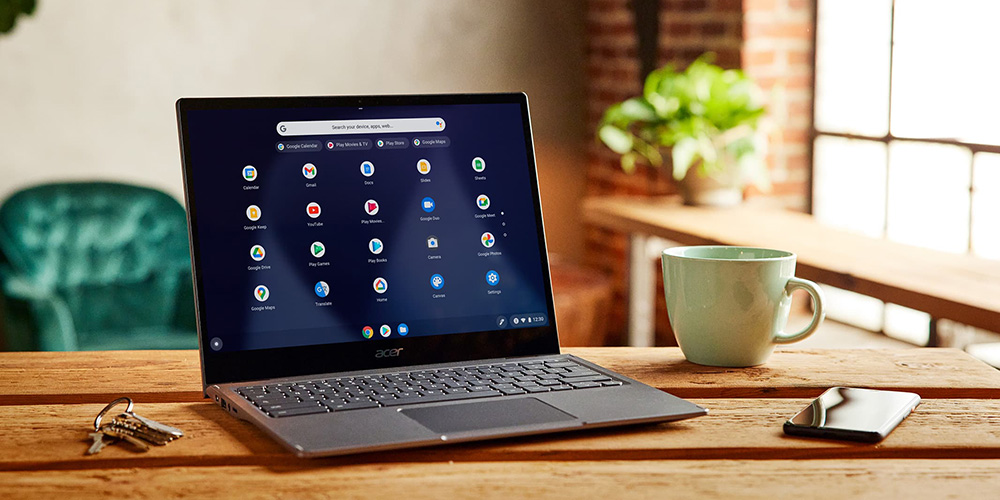
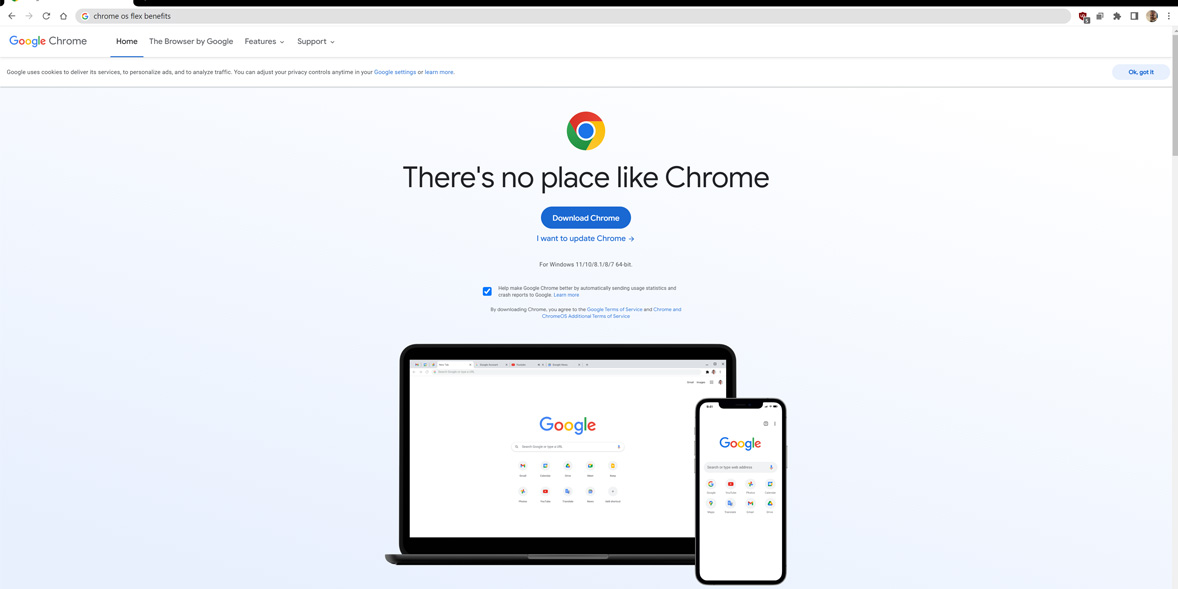
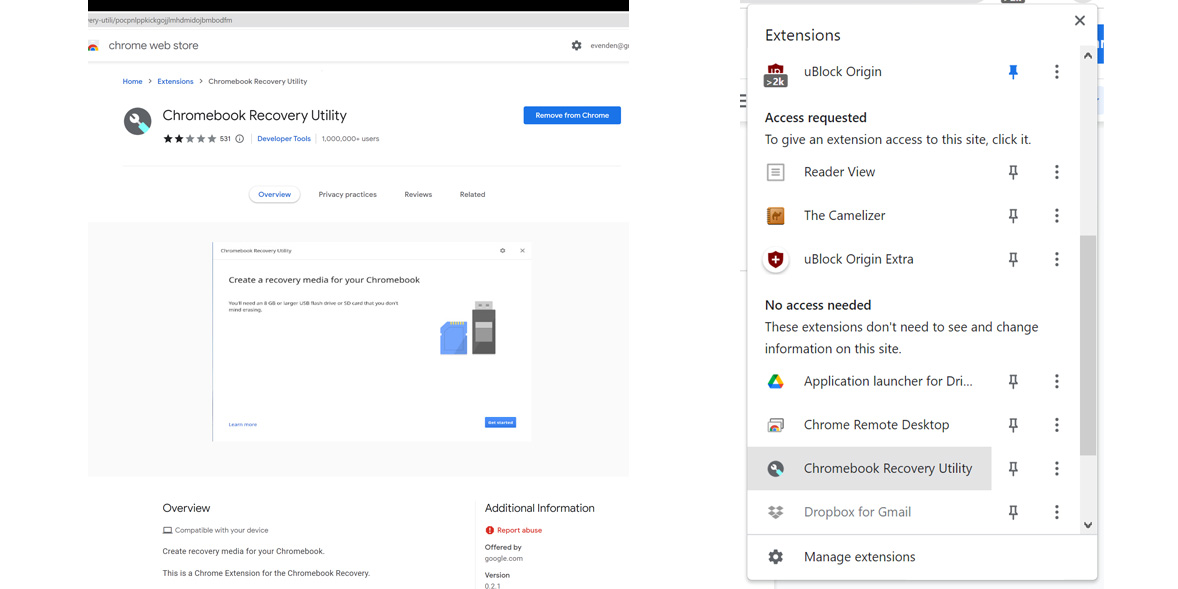
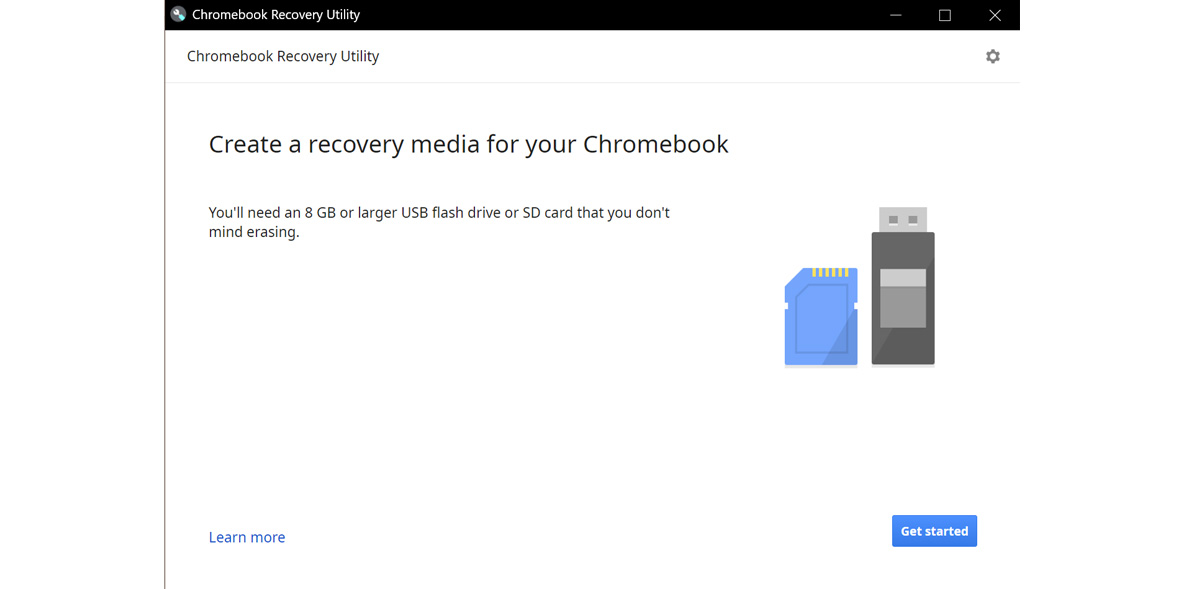


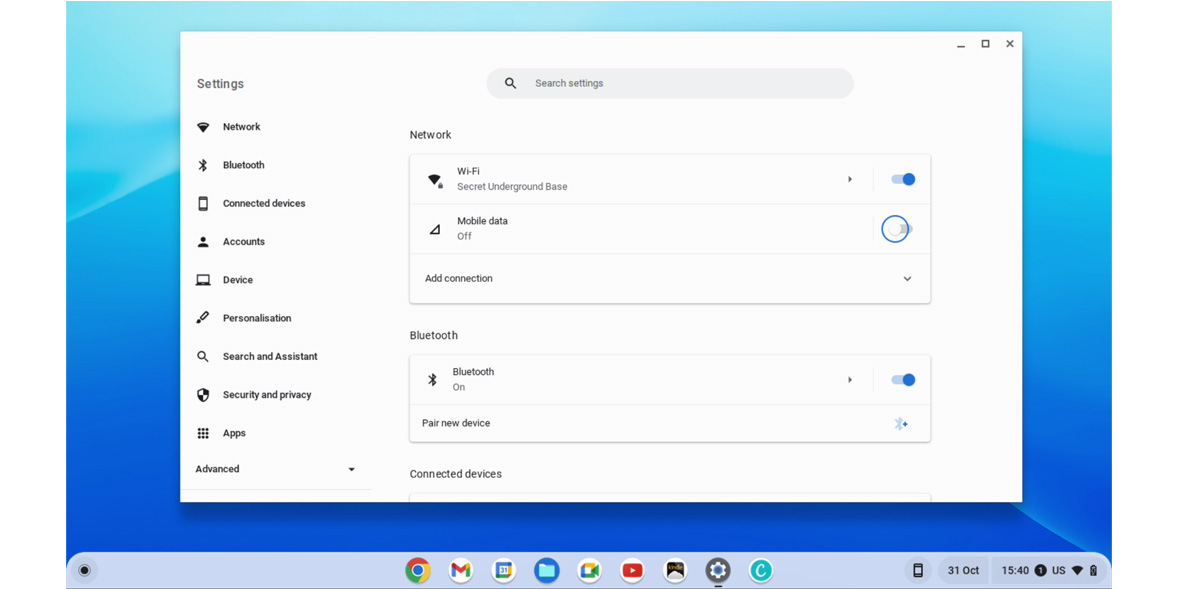
Comments